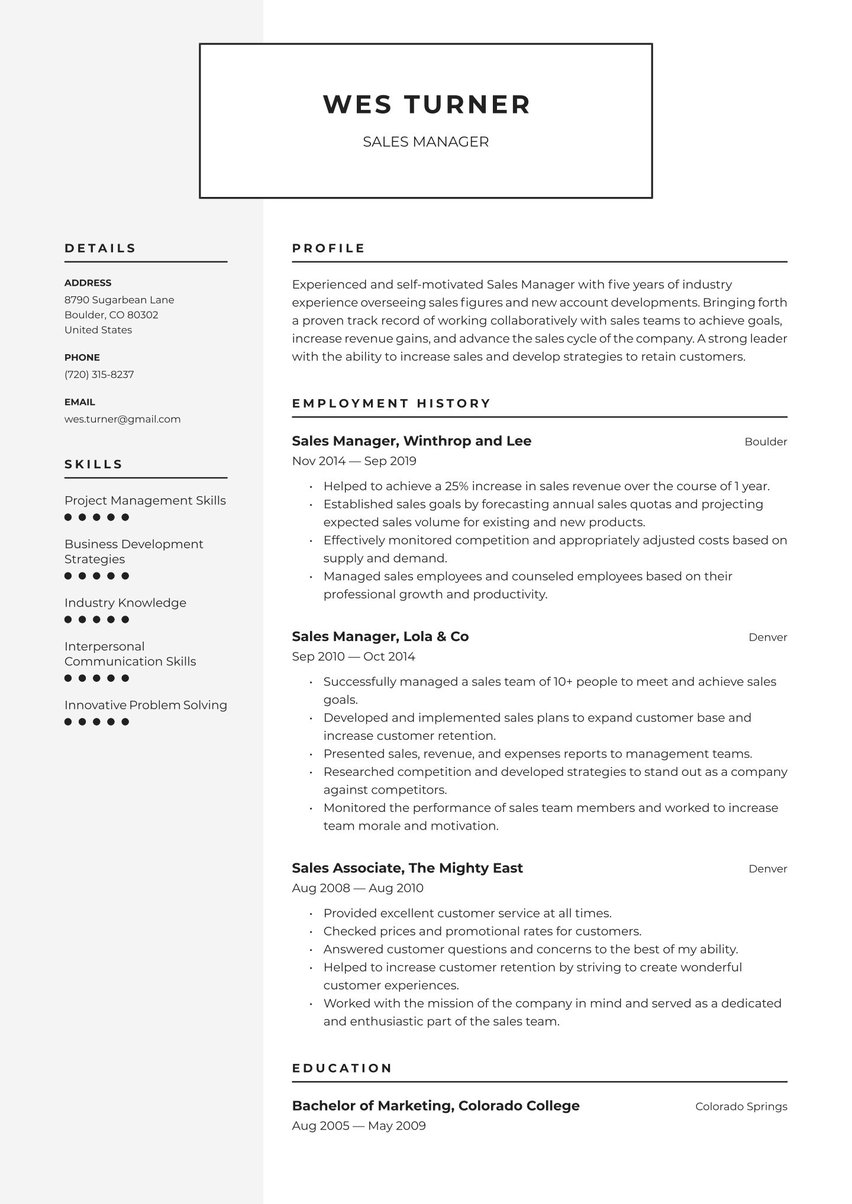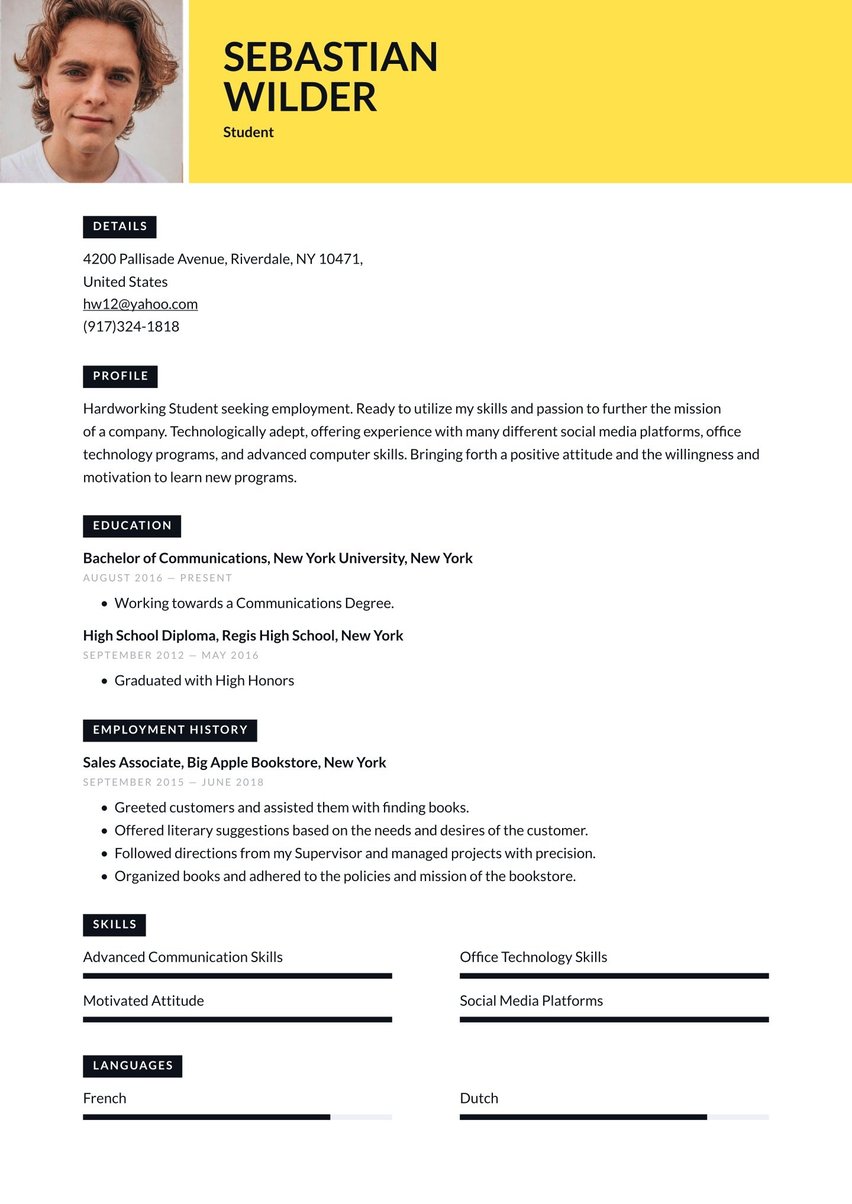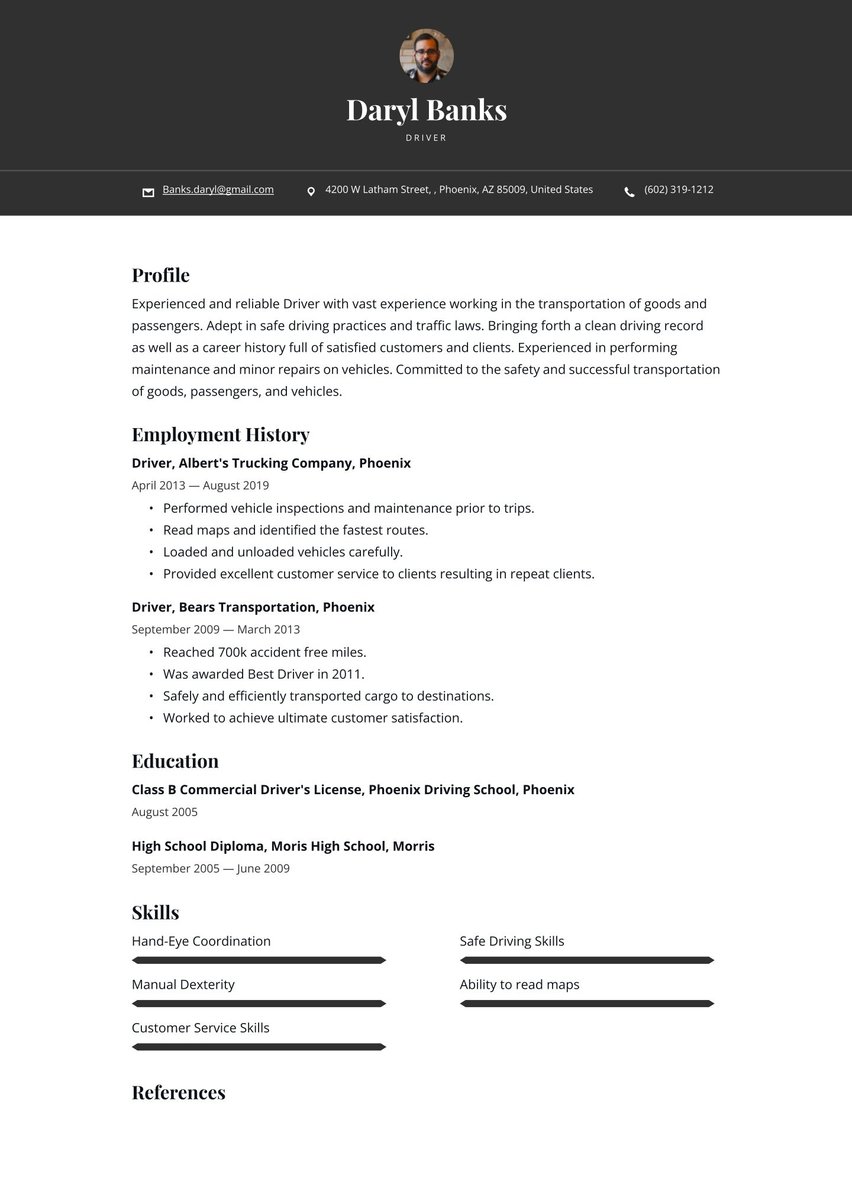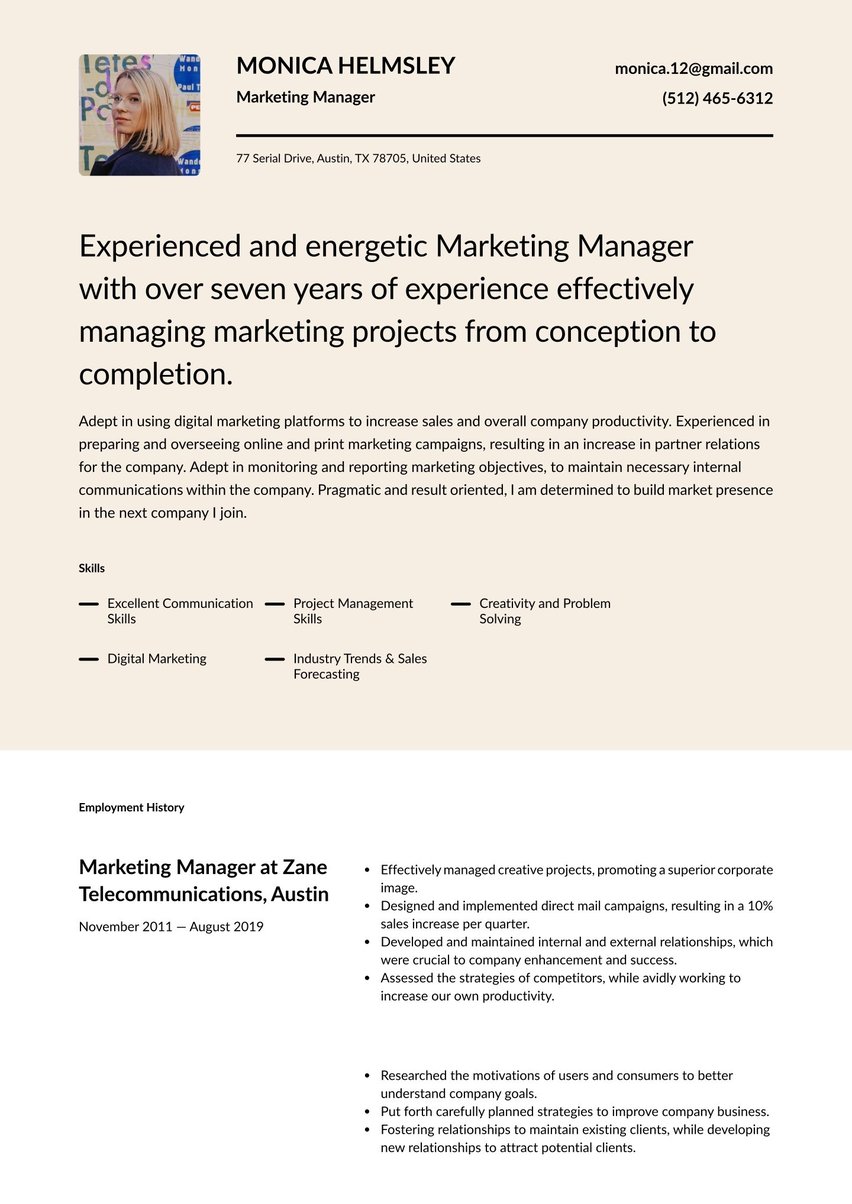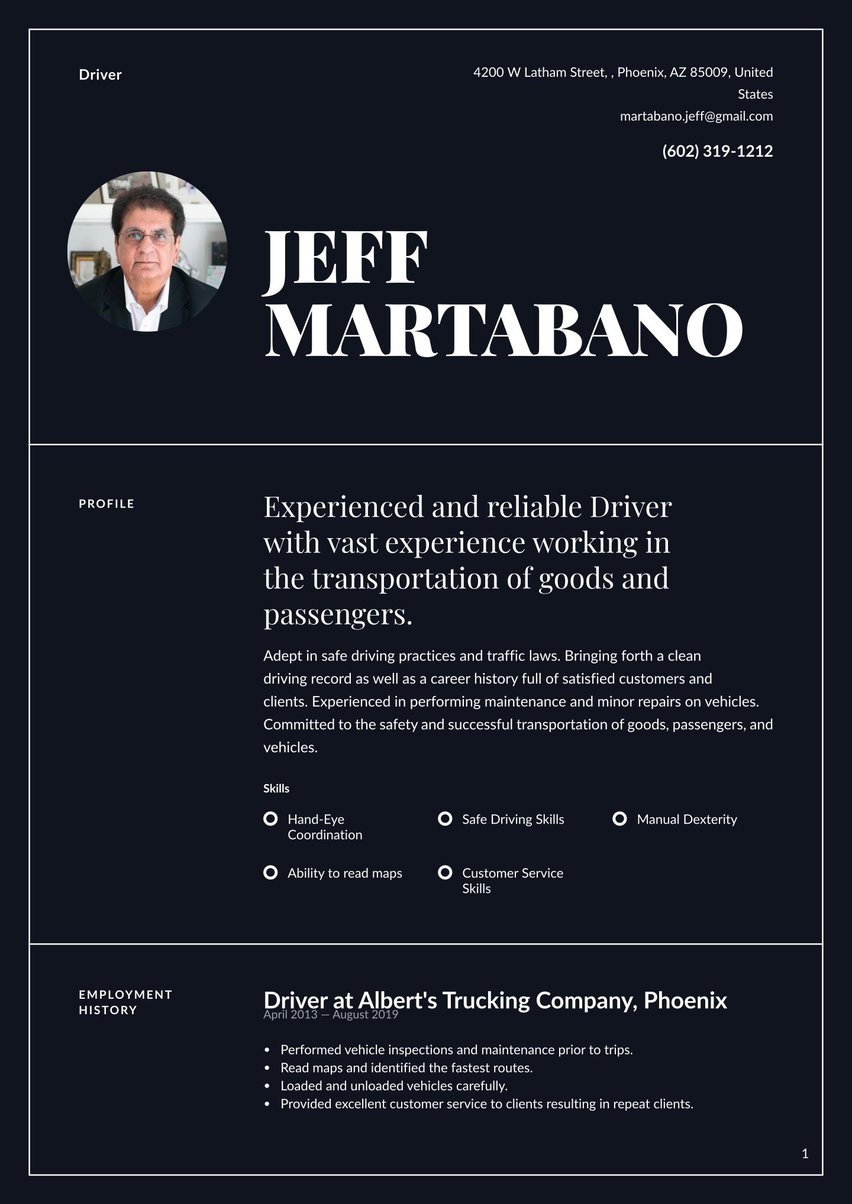Experienced ER Nurse with strong background of providing patient care and triage in fast-paced emergency room environments. Skilled at coordinating with medical teams and emergency physicians to swiftly formulate urgent patient treatment and care strategies. Calm under pressure, with the ability to maintain composure within fast-paced, high-stress environments and safely handle volatile patients.
07/2018 - present, ER Nurse, Chippenham Hospital, Richmond, VA
- Deliver direct care to patients presenting to the Emergency Department with medical and psychiatric emergencies.
- Quickly triage each patients’ medical situation to determine level of care needed and promptly coordinate efforts for stabilization.
- Work closely with emergency physicians and ER staff to schedule urgent care and discuss / plan patient treatment.
02/2016 - 06/2018, Registered Nurse, Bon Secours St. Mary's Hospital, Richmond, VA
- Performed a wide range of RN duties in a busy medical environment.
- Conducted assessment of patient and determined appropriate medication / treatment administration.
- Monitored patients, adjusting medications and treatment procedures as needed and assisting with basic needs.
01/2015 - 08/2015, Nurse Extern PRN, HCA Healthcare, Richmond, VA
- Worked directly under Registered Nurse (RN) in gaining hands-on experience providing patient care in a real-world medical setting.
- Assisted nursing staff in delivering high-quality, patient-centered care.
09/2013 - 05/2015, Bachelor of Science in Nursing, Virginia Commonwealth University School of Nursing, Richmond, VA
09/2011 - 05/2013, Associate Degree in Nursing, Fortis College, Richmond, VA
- Urgent Care Assessments
- Emergency Triage
- Medication Administration
- Collaborative Treatment
- First Aid & CPR
- Multicultural Communication
- Medical Documentation & Forms
- Interpreting Lab Results
- Collaboration & Teamwork
- Physician Relations
- present, Certified Emergency Nurse (CEN), Board of Certification for Emergency Nursing
ER nurses are heroes who work tirelessly to save lives in the toughest of conditions. So, how can you show the hiring manager that you have what it takes?
Emergency room (ER) nurse resume examples by experience level
An ER nurse resume must present a combination of medical knowledge, grace under pressure, quick decision-making, and compassion. You’re used to instant action, but developing a great ER nurse resume requires time and assistance. In the following guide, we examine the steps you need to take to get it right.
Resume guide for an ER nurse resume
It’s time to perfect your resume stat! With the help of resume.io, we can get your next application in shape. Our guides and resume examples cover over 500 professions, and our resume builder makes creating a super resume easier than ever.
This resume guide and corresponding ER nurse resume example will cover the following:
- How to write an ER nurse resume
- Choosing the right resume format for an ER nurse
- How to add your contact information
- Using summaries
- Adding your ER nurse experience
- Listing education and relevant experience
- Picking the right resume design/layout
- What the ER nurse market looks like, and what salary you can expect
How to write an ER nurse resume
Before you get started on your resume, you need to make sure you know what to include. Here are the main elements of your ER nurse resume:
- The resume header
- The resume summary (aka profile or personal statement)
- The employment history section
- The resume skills section
- The education section
An ER Nurse needs to exude calm on their resume. Sure, you might be rushed off your feet when you’re on the clock, but if your application looks rushed, that’s bad news. You need to think carefully about what information you should share on this all-important document.
If you’re not sure where to start, let’s keep things simple. The aim is to pinpoint your unique selling proposition. This is the thing that you have over everyone else. It sets you apart from the crowd, so to speak. It might be your countless years in the job, a special case you worked on, or your proven track record of results. Consider what makes you special.
Let’s take a look at some general tips for positioning your ER nurse resume:
- Don’t make the mistake of merely talking about your duties. Highlight accomplishments on your resume instead. Whenever you’re sharing something you did, talk about the results that this action had on the greater hospital.
- Adapt each version of the resume to the hospital and role for which you’re applying. Different facilities have different focuses and goals. Your ER nurse resume needs to reflect that and show that you’ve done your homework first.
- Keep the design of your resume clean and simple. The idea is to quickly convey the information that you want to share without any fuss.
- If you’re sending your resume online, you should optimize it with appropriate keywords. This approach will prevent it being filtered out by ATS screening software. You may also want to consider using an ATS resume template.
Optimize for the ATS
Applicant Tracking Systems (ATS) are types of software that review incoming resumes. The program uses algorithms and keywords to determine which resumes fit the job the best. Only the highest-ranking resumes will be read by a human pair of eyes.
The best way to ‘beat the bots’ is to optimize your resume. For example, the ER nurse job posting lists the following requirements:
- “Minimum one year RN experience is required”
- “BLS (Basic Life Support)”
- “Strong communication and interpersonal skills”
- “Ability to work effectively in a high-stress environment”
Your resume profile summary, when integrating the keywords, could read:
“Registered nurse (RN) with one year’s experience working in a busy ER department. Boasts strong communication and interpersonal skills and is well-versed in BLS (Basic Life Support). Has the ability to work effectively in a high-stress environment.”
To learn more about conquering the ATS, check out our article Resume ATS optimization.
Choosing the right resume format for an ER nurse
The message behind your ER nurse resume is simple: here’s what I can do for you. You deliver that message by organizing your experience and skills in the easiest way for a hospital HR person to find it. That means reverse chronological order. List your experience in reverse, starting with the most recent going back 10 years max.
Of course, there are other resume formats to consider. You may veer from the reverse chronological under certain circumstances including:
- You have been recently certified as an RN
- You have a wide-ranging skill set you want to highlight
- You took time off from your career
- You are a travel nurse who has changed positions frequently
In these cases, you may want to consider either a functional format or a combination format.
You don’t need to stress about creating your resume format from scratch. Our many resume templates in our resume builder use each of these formats. We have plenty of versions of the three formats we’ve mentioned here, available as resume examples.
Include your contact information
Next up, let’s take a look at the first section of your resume. The header is your resume’s business card, meaning it contains all of your contact details.
You need to make sure that the hiring manager can quickly and easily gain the information they need. Here’s what your ER nurse resume header should include:
- Full name & title. Start by writing your first and last name. Add the words “ER nurse”.
- Professional email address. Next, add a professional email address. If in doubt, you can use one that contains either your initials or your name.
- Phone number. Include a number where you can be contacted.
- Location. Don’t bother losing your whole address as this is considered outdated. Instead, include your city and state. You can also write ' Willing to Relocate' here if applicable.
- LinkedIn. While it’s not always common for an ER nurse to have a LinkedIn profile, if you do have one, you might want to add a hyperlink to it here.
Don’t include:
- Date of birth. This can lead to age discrimination. Leave it out.
- Personal details. Marital status, social security number, passport number, social media accounts, etc.
- Photo headshot. You don’t need to include a photo of yourself when applying for this role.
Emily Smith
ER Nurse
New York, NY
0128 8423 9834
e.smith@email.com
Emily Smith
ER Nurse
Single
Apt 44, Sentir Street, New York, NY
0128 8423 9834
e.smith@email.com
Make use of a summary
Just as the header gives you a chance to show off a bit of personality in a visual format, the summary of your ER nurse resume presents you with the opportunity to infuse your style and philosophy of care into your prose overview. Keep in mind your key objective: explaining to the medical facility what you can do to improve the emergency room.
Start with a one-sentence description of your career, making sure you tout your achievements with strong adjectives without crossing the line into bragging. This is also the best section to describe your demeanor, how you handle emergency room stress, and the manner with which you communicate with colleagues and patients under trying circumstances. This is also a great spot to mention an accomplishment you are proud of.
Pepper this part of your application with action verbs in the simple past or present tense. Examples include excelled, enhanced, spearheaded, managed, and demonstrated. You can pair these with quantifiable achievements that add more meat to your claims.
Don’t just repeat information that can be found elsewhere on the page. Instead, you should bring something new that shows off your unique selling proposition. For example, you might write “Registered nurse (RN) with 10+ years of experience working in busy emergency rooms, dealing with 50+ incidents per day.”
Looking for some inspiration for your ER nurse summary? Check out our related resumes:
You can find adaptable ER nurse resume examples summary below:
Entry-level ER Nurse with a knowledgeable in providing basic patient care and assisting in triage in busy emergency room settings. Able to work closely with medical teams to help create and support quick patient care plans. Stays calm in stressful situations, focusing on patient safety and handling difficult patients with care. Eager to grow skills and learn from experienced professionals in a fast-paced environment.
Registered nurse (RN) with 5+ years of experience in providing patient care and triage in high-volume emergency room environments. Successfully triaged and treated over 1,000 patients annually, ensuring timely and accurate care. Reduced patient wait times by 20% through efficient coordination and prioritization of care.
Senior ER Nurse with 10+ years of experience in delivering exceptional patient care in busy and fast-paced emergency departments. Previously managed the treatment of over 12,000 patients throughout my career. Demonstrated leadership in improving patient outcomes by reducing wait times by 25% and streamlining triage processes. Proven track record of mentoring junior nurses and enhancing department efficiency.
Outline your ER nurse work experience
The bulk of your ER nurse resume will be consumed by your employment history unless you are new to the field. There’s no need to detail everything you have done at every job; instead, focus on your highest-level achievements at each position. Remember, you should only go back the last 10-15 years on your professional resume.
Double-check the job listing because a refresher on the hospital’s needs will help you hone your bulleted items to best focus on those attributes. The bulleted list below each of your jobs should be worded as successes, not responsibilities. To make these items as strong as possible, begin each with an action word and use data and details to back up your assertions.
Another reason to keep the job listing handy as you compile your application is the Applicant Tracking System (ATS). Algorithms will seal your resume’s fate and these formulas use keywords and phrases pegged to the job. Match your words to those in the job listing making sure you don’t lose the authentic sound of your items. This method will help boost your ranking in the ATS and get your resume into the hands of a human.
This is your chance to prove your value. Don’t simply list your job duties, add in the results. Here’s an example of what not to include in this section:
- "Assessed patient conditions upon arrival”
- “Provide immediate, high-quality care to patients”
- “Accurately document patient conditions and treatments
These statements are vague and don’t tell the hiring manager about the impact your work has had. While you can include the above, they do very little to further your application. Instead, you should include some results-based points, i.e. statements that feature evidence. Adding in some numbers and stats is a quick way to spruce up these points. Let’s look at how to do that:
- “Assessed and triaged 50+ patients per 10-hour shift, prioritizing care based on severity”
- “Performed high-level wound care for an average of 40+ patients daily, consistently maintaining a 98% patient satisfaction rate”
- “Documented patient conditions and treatments with 99% accuracy”
Take a look at the ER resume employment history resume sample below:
ER Nurse at Chippenham Hospital, Richmond, VA
July 2018 - Present
- Deliver direct care to patients presenting to the Emergency Department with medical and psychiatric emergencies.
- Quickly triage each patients’ medical situation to determine level of care needed and promptly coordinate efforts for stabilization.
- Work closely with emergency physicians and ER staff to schedule urgent care and discuss / plan patient treatment.
Registered Nurse at Bon Secours St. Mary's Hospital, Richmond, VA
February 2016 - June 2018
- Performed a wide range of RN duties in a busy medical environment.
- Conducted assessment of patient and determined appropriate medication / treatment administration.
- Monitored patients, adjusting medications and treatment procedures as needed and assisting with basic needs.
Nurse Extern PRN at HCA Healthcare, Richmond, VA
January 2015 - August 2015
- Worked directly under Registered Nurse (RN) in gaining hands-on experience providing patient care in a real-world medical setting.
- Assisted nursing staff in delivering high-quality, patient-centered care.
How to write an ER nurse resume with no experience
If you have recently trained as a registered nurse (ER), you may not have any hands-on experience aside from placements. While you should outline this history, you also need to bolster your application. Luckily, there are a few ways to do this:
- Focus on your transferable skills and your passion for caring for people. You may want to include information about why you decided to go into this career.
- Highlight your medical knowledge. Explain what special training you have that will improve your chances of landing the job.
- Outline customer-facing positions where you’ve dealt directly with people. You can show off your communication abilities and your customer service skills, both of which you will need when working in a fast-paced emergency room.
- Be clear and concise. Remember that everyone has to start somewhere—even you!—and so there’s no shame in having no direct experience on your resume. Take this opportunity to highlight your talents to the hiring manager well.
Include the relevant key skills that make you a great ER nurse
The skills section of your ER nurse resume is an easy-to-scan listing of what you consider your top attributes. You will need to have a selection of both hard and soft skills. Again taking the ATS into account, curate the skills you believe will help you make a difference in the emergency room where you want to work.
Obviously, you need medical know-how to be a registered nurse of any kind. This knowledge is at the core of the hard skills you have learned in training and on the job. Within this section, list any specialized medical training or skills you have that make you a more desirable candidate, but don’t neglect the soft skills that are also requirements in ER nursing.
Our easy resume builder offers a range of pre-written key skills to choose from with proficiency ranges you can set. Bonus: you can also write in your skills.
Here’s what the skills box looks like in our ER nurse resume template.
Key Skills and Proficiencies
Don’t merely list your skills. Weave them throughout the body of your resume. Here are a few soft skills to consider demonstrating within your application:
- Problem-solving. Quick thinking is a prerequisite for an emergency room nurse who will have to make fast decisions, sometimes with limited information.
- Emotional resilience. You will see many distressing occurrences and be unable to save every patient. You have to be able to put aside your feelings to be at your best.
- Physical fitness. ER nurses spend a lot of time on their feet, bending over patients, and maneuvering incapacitated people. Stamina and endurance are musts.
- Empathy. While you have to protect yourself emotionally, you also have to maintain an understanding of what the people in your ER are going through.
- Communication. You need to pass on information to doctors and other medical personnel as well as calmly explain to patients and those who care about them what is happening, what you are doing, medical risks, and options.
Look to the job description as a guide for what key skills to include.
Detail your education & relevant ER nurse certifications
Your ER nurse resume education section needs to include not just your education, but your certifications. If you have many certificates and specialized training, you may want to break them out into separate sections. Any recruiter will want to know that you are a registered nurse with proper credentials. Here are some of the elements you may include:
- Degrees. If you have college degrees relating to medicine or nursing, now is the time to shout about them. For example, boasting a Bachelor of Science (BSN) in Nursing could qualify you to be a registered nurse (RN). However, you should know that this depends on individual state requirements.
- Registered nurse (RN) status. You will not be able to work as a nurse until you are a registered nurse (RN) in the US.That means undertaking your National Council Licensure Exam for RNs (NCLEX-RN) qualifications. You should include them here.
- Professional certificates. You may also have undertaken some additional professional certificates, such as Basic Life Support (BLS) and Advanced Cardiovascular Life Support (ACLS) certifications.
- Specialist training. If you have completed any specialist training — for example, Certified Emergency Nurse (CEN) or Certified Pediatric Nurse (CPN) courses — include them too.
Listing your certifications
In addition to your degrees, you need to pass the National Council Licensure Exam for RNs (NCLEX-RN) to earn an RN license and subsequently apply for licensing in your state.
List your credentials in this order:
- license type
- licensing state/body
- license name and number
- nurse license compact
- expiration date
List your certifications in this order:
- name
- conferring organization
- expiration
- certification number, if applicable.
Let’s take a look at how this section may look in our ER nurse resume example:
Bachelor of Science in Nursing, Virginia Commonwealth University School of Nursing, Richmond, VA
September 2013 - May 2015
Associate Degree in Nursing, Fortis College, Richmond, VA
September 2011 - May 2013
Pick the right resume layout and design for an ER nurse resume
While your experience and education speak loudly, the first impression an HR person will have of you is the visual impact your ER nurse resume makes. Nurses must be organized and put hygiene at the forefront. That means your layout needs to be crisp and clean.
That doesn’t mean you can’t choose an accent color to grab attention, but we recommend that in your career, you keep it to a minimum. A splash in your header or skills section is about the right amount of color for a serious profession.
Other ways to keep your resume neat:
- Maintain margins of at least one-half inch all the way around
- Choose no more than two fonts—one for section headings and one for the text
- Use muted or limited colors
- Vary the lengths of your bulleted items to ensure you leave white space; big blocks of type are off-putting
- Choose from among the expertly-designed and HR-vetted resume templates offered by Resume.io to avoid formatting errors and get your application out there sooner
ER nurse text-only resume example
Profile
Experienced ER Nurse with strong background of providing patient care and triage in fast-paced emergency room environments. Skilled at coordinating with medical teams and emergency physicians to swiftly formulate urgent patient treatment and care strategies. Calm under pressure, with the ability to maintain composure within fast-paced, high-stress environments and safely handle volatile patients.
Employment history
ER Nurse at Chippenham Hospital, Richmond, VA
July 2018 - Present
- Deliver direct care to patients presenting to the Emergency Department with medical and psychiatric emergencies.
- Quickly triage each patients’ medical situation to determine level of care needed and promptly coordinate efforts for stabilization.
- Work closely with emergency physicians and ER staff to schedule urgent care and discuss / plan patient treatment.
Registered Nurse at Bon Secours St. Mary's Hospital, Richmond, VA
February 2016 - June 2018
- Performed a wide range of RN duties in a busy medical environment.
- Conducted assessment of patient and determined appropriate medication / treatment administration.
- Monitored patients, adjusting medications and treatment procedures as needed and assisting with basic needs.
Nurse Extern PRN at HCA Healthcare, Richmond, VA
January 2015 - August 2015
- Worked directly under Registered Nurse (RN) in gaining hands-on experience providing patient care in a real-world medical setting.
- Assisted nursing staff in delivering high-quality, patient-centered care.
Skills
- Urgent Care Assessments
- Emergency Triage
- Medication Administration
- Collaborative Treatment
- First Aid & CPR
- Multicultural Communication
- Medical Documentation & Forms
- Interpreting Lab Results
- Collaboration & Teamwork
- Physician Relations
Education
Bachelor of Science in Nursing, Virginia Commonwealth University School of Nursing, Richmond, VA
September 2013 - May 2015
Associate Degree in Nursing, Fortis College, Richmond, VA
September 2011 - May 2013
ER nurse job market and outlook
Registered nurses (RN) are in high demand, with this sector growing at a rate of 6%, faster than average. If you specialize in emergency room (ER) care, the job opportunities are vast. As of 2023, there were 3,300,100 registered nurse jobs across the US. However, based on the upward trend, that is likely to grow in the years to come.
What type of salary you can expect as an ER nurse
According to the US Bureau of Labor Statistics, registered nurses make an average of $86,070 per year or around $41.38 per hour. Since many of these roles are shift-based, the amount you earn will directly correlate with the number of hours that you work.
Key takeaways for an ER nurse resume
ER nurses are the front-line heroes of the medical sector. The summary of an ER nurse resume allows employers to get a sense of who you are as a professional and how you will improve their emergency room functioning. Keep your design professional and neat, just as you do your personal appearance at work. Why not get started now?
Kickstart your ER nurse job search with our online resume builder, then supercharge it with resume.io.


.jpg)

.jpg)

















